Retro Replay Review
Gameplay
Buck Rogers: Planet of Zoom delivers a straightforward yet addictive gameplay loop centered on precision flying and quick reactions. Players take direct control of Buck Rogers’ sleek starfighter, weaving through successive pairs of pylons that mark the course. The core challenge lies in balancing speed with accuracy—you’ll need to consistently steer left and right, accelerate to clear distances quickly, and brake or reverse when you’re approaching too fast. The control scheme is intuitive, but mastering the momentum of your ship becomes a true test of skill as you progress.
(HEY YOU!! We hope you enjoy! We try not to run ads. So basically, this is a very expensive hobby running this site. Please consider joining us for updates, forums, and more. Network w/ us to make some cash or friends while retro gaming, and you can win some free retro games for posting. Okay, carry on 👍)
Each sector begins with a set number of pylons to navigate through, starting at nine in sector 1.0 and steadily increasing in subsequent stages. This escalating requirement keeps the tension high; missing too many pylons will simply stall your progress, while running out of time ends your run. Time management is crucial, as the game’s long bar timer at the top center forces you to decide whether to risk speeding up for a quick dash or to throttle back and maintain control.
As you advance to sector 1.1, alien flying saucers enter the fray. These saucers patrol in predictable patterns, but a collision is fatal. You can either outmaneuver them or use your twin energy bolts to shoot them down, adding a shooter element to the obstacle course. By sector 1.3, erratic robot spaceships begin to chase you, and classic wraparound physics means they may vanish off one edge of the screen only to reappear on the other side. This unexpected re-entry keeps you on your toes, demanding constant vigilance.
The game features three lives, so each crash into pylons or enemy ships chips away at your survival chances. Along with pylon navigation and enemy encounters, you’ll find that your overall score is a dynamic mix of distance covered, pylons passed, and foes destroyed. With your current and high scores persistently displayed, there’s a consistent drive to improve on previous runs and climb higher on the leaderboard.
Graphics
For its time, Planet of Zoom’s visuals struck a compelling balance between sprite detail and speed. The game employs a pseudo-3D perspective, with the pylons and obstacles scaling as they approach, giving the sensation of depth and forward motion. This graphical trickery was cutting-edge in the early ’80s and still holds a nostalgic charm for retro aficionados.
The color palette is vivid yet functional. Deep starfield blues and purples form the backdrop, while the pylons shine in contrasting hues, ensuring they stand out even during hectic moments. Enemy saucers and robot craft are distinguished by simple but distinct color schemes, making it easy to identify threats at a glance. The visual clarity is a key strength here—there’s never any confusion about what you’re dodging or when you’ve aligned perfectly with a pylon.
Animation frames are concise but purposeful. Your ship’s engine flare, the rapid scaling of pylons, and the quick bursts of the energy bolts all add to the sense of speed and urgency. Though the game lacks elaborate explosion sequences, the instant fade or spark on impact keeps the focus on continuous play. In an era before high-definition textures, Planet of Zoom’s streamlined graphics deliver both performance and aesthetic flair.
Overall, the art direction underscores the fast-paced, sci-fi racing theme. The minimalist HUD—showing pylon counts, time bar, and lives—remains unobtrusive, allowing you to stay immersed in the action. If you appreciate retro gaming visuals that prioritize gameplay clarity over flashy gimmicks, this title meets and often exceeds expectations.
Story
True to its arcade roots, Buck Rogers: Planet of Zoom doesn’t burden players with a deep narrative; instead, it leaps right into the action with the premise of guiding the legendary space hero through increasingly hazardous sectors. The backstory draws from the classic Buck Rogers universe, though story beats are conveyed entirely through the manual and cabinet art rather than in-game cutscenes or text.
What the game lacks in plot complexity, it makes up for in thematic consistency. From the moment you launch, you feel like a pioneer in uncharted space, tasked with navigating alien territories and foiling enemy designs. Each new sector feels like the next leg of a grand space voyage, even if the details of that voyage remain largely to your imagination.
The minimal story approach has the benefit of keeping the gameplay uncluttered—there are no dialog boxes to pause the action, no branching narratives to distract you from the core challenge. Instead, the sense of progression comes purely from surviving longer, scoring higher, and mastering tougher obstacle patterns. It’s a streamlined “you vs. the cosmos” experience well-suited to arcade-style pick-up-and-play sessions.
Overall Experience
Buck Rogers: Planet of Zoom is a quintessential example of early-’80s arcade design—fast, frenetic, and unforgiving. Its blend of racing and shooting mechanics offers pure, unfiltered fun that rewards memorization, quick reflexes, and strategic speed control. The game’s longevity comes from its addictive high-score chase and the ever-increasing challenge curve that keeps seasoned players returning.
While modern gamers accustomed to narrative depth and cinematic flair might find the storytelling barebones, the game’s simplicity is also its strength. There’s no filler content—every second behind the controls is an exercise in skill mastery. The escalating obstacles, from pylons to saucers to erratic robots, ensure that no two runs feel identical, and the screen-wrap mechanic adds an unexpected layer of unpredictability.
Nostalgic value is high for those who remember playing in arcades or on early home ports. Yet even newcomers can appreciate the tight controls and clear objectives. Buck Rogers: Planet of Zoom stands as a testament to the pure arcade spirit: easy to learn, hard to master, and endlessly replayable.
For anyone seeking a challenging retro experience that marries racing thrills with light shooting action, this title is a solid pick. Its straightforward premise, combined with its steadily ramped difficulty and clean presentation, makes it a satisfying journey through the stars—one pylon at a time.
 Retro Replay Retro Replay gaming reviews, news, emulation, geek stuff and more!
Retro Replay Retro Replay gaming reviews, news, emulation, geek stuff and more!
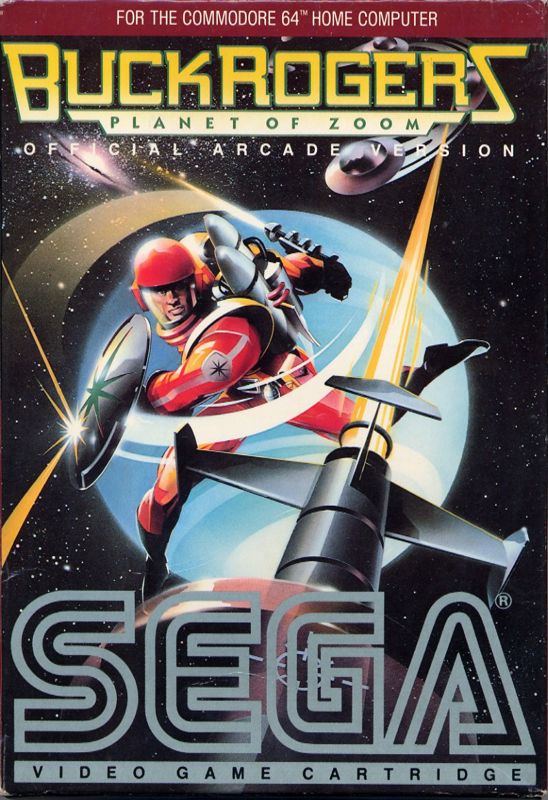
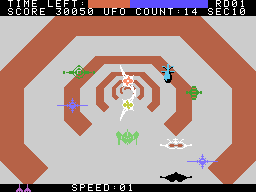
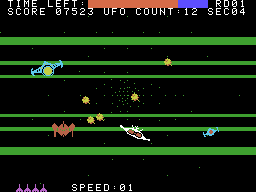
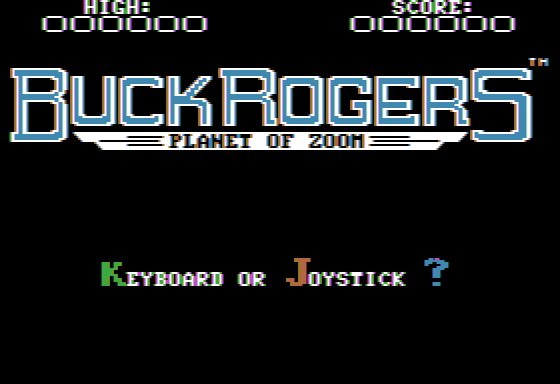
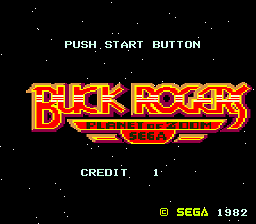
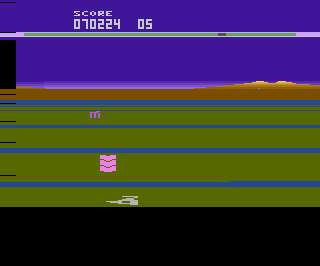
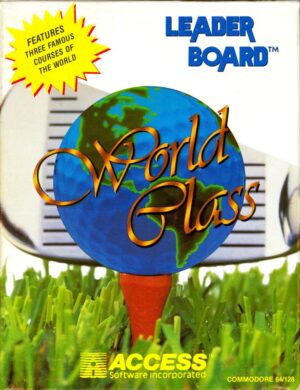


Reviews
There are no reviews yet.